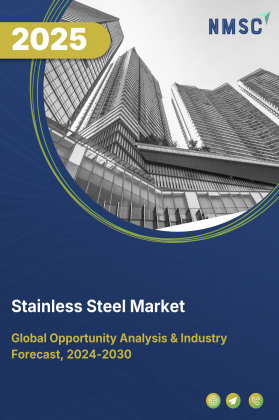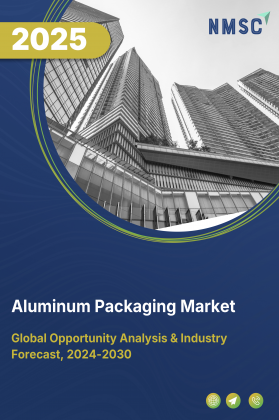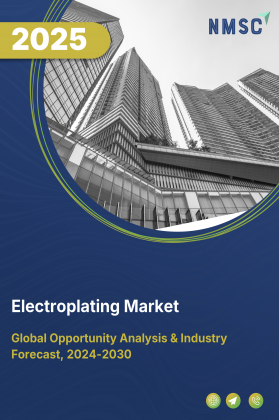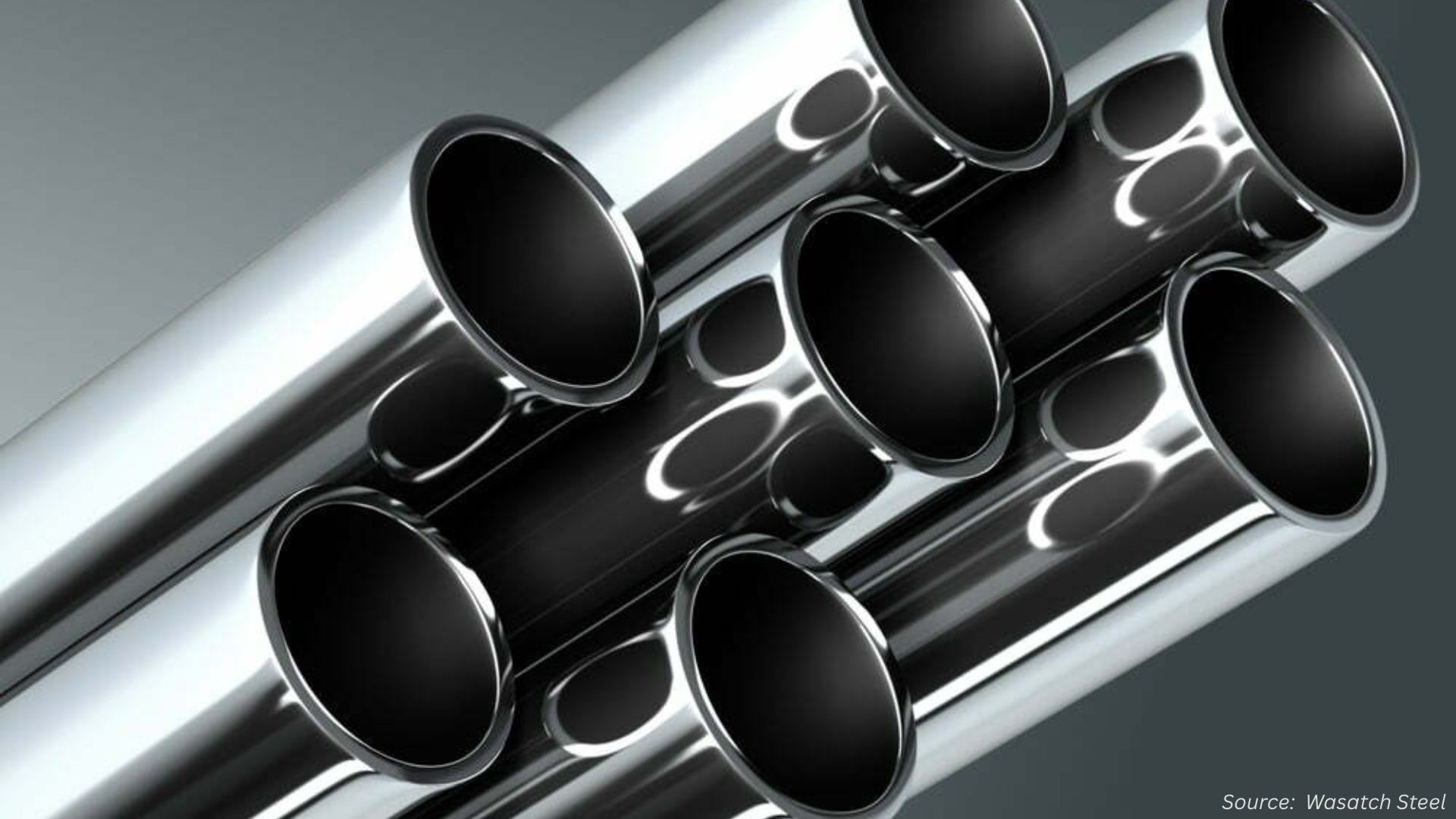
Stainless Steel Market by Product (Flat Products, Long Products, Thin Gauge, and Others), by Type (Austenitic, Ferritic, Martensitic, Duplex, Precipitation-Hardening, and Others), by Application (Building & Construction, Automotive & Transportation, Metal Products, Electrical Machinery, Mechanical Engineering & Heavy Industries, Energy & Power, Defense & Aerospace, Consumer Goods, and Others) – Global Opportunity Analysis and Industry Forecast, 2025–2030
Stainless Steel Industry Outlook
The global Stainless Steel Market size was valued at USD 174.22 billion in 2024, with an estimation of USD 188.68 billion in 2025 and is predicted to reach USD 281.10 billion by 2030 with a CAGR of 8.3% from 2025-2030.
The industry is witnessing robust growth driven by expanding construction and infrastructure activities, rapid urbanization, and large-scale projects requiring durable and corrosion-resistant materials. The automotive industry further boosts demand, with stainless steel used in exhaust systems, chassis components, and structural elements, particularly amid the rise of electric and hybrid vehicles.
The food and beverage sector also fuels the stainless steel market expansion due to the material’s hygienic properties and durability in processing and storage equipment. However, volatility in raw material prices and competition from alternative materials pose challenges. Emerging opportunities in renewable energy and green infrastructure, including solar, wind, and energy-efficient buildings, are expected to support sustained market growth.
Growing Construction and Infrastructure Activities Drives the Market Growth
The global demand for stainless steel is being strongly driven by expanding construction and infrastructure activities. According to Civil Engineer in 2024, the construction industry demonstrated resilience and growth, with a 10% increase in nominal value added and a 12% rise in gross output.
Rapid urbanization and large-scale projects, such as commercial buildings, bridges, airports, and residential complexes, are increasing the need for durable and corrosion-resistant materials. Stainless steel, valued for its strength, longevity, and low maintenance, is widely used in structural frameworks, cladding, roofing, and other architectural applications, particularly in regions experiencing robust infrastructure development.
Automotive Industry Expansion Boosts the Market Demand
The growth of the global automotive industry is a significant driver of the stainless steel market demand. Stainless steel is widely used in vehicles for components such as exhaust systems, chassis parts, decorative trims, and structural elements due to its high strength, corrosion resistance, and ability to withstand extreme temperatures.
Rising automobile production, particularly in emerging markets across Asia Pacific and Latin America, coupled with the increasing adoption of electric vehicles, is boosting the need for lightweight, durable, and long-lasting materials like stainless steel. Additionally, stricter environmental regulations encouraging the use of recyclable and sustainable materials are further supporting stainless steel consumption in the automotive sector.
Rising Demand in the Food & Beverage Industry Fuels Market Expansion
The expanding food and beverage sector is significantly fuelling stainless steel consumption. Stainless steel is preferred in this industry for manufacturing processing equipment, storage tanks, kitchen appliances, and packaging machinery due to its excellent corrosion resistance, hygienic properties, and ease of cleaning.
As global food production and consumption increase, particularly in emerging economies, there is a higher demand for durable and safe materials that comply with stringent health and safety standards. Additionally, the rise of processed and packaged foods, coupled with modernized food processing facilities, is driving the adoption of stainless steel, making it an essential material in the industry.
Volatility in Raw Material Prices Limit the Market Growth
One of the key restraints of the stainless steel market expansion is the volatility in raw material prices, particularly steel. Fluctuations in global steel prices, driven by changes in demand-supply dynamics, trade policies, and energy costs, directly impact production expenses and profit margins for manufacturers.
Additionally, the availability of cheaper alternatives such as aluminium or fiber-reinforced plastic (FRP) grating in certain applications poses competitive pressure, as these materials are lightweight, corrosion-resistant, and sometimes more cost-effective. Such price instability and the threat of substitutes create challenges for consistent growth in the market, especially in cost-sensitive regions.
Expansion in Renewable Energy and Green Infrastructure Creates New Growth Opportunities
The growing focus on renewable energy projects and sustainable infrastructure presents a significant opportunity for the market. Stainless steel’s durability, corrosion resistance, and recyclability make it ideal for use in solar panels, wind turbines, and energy-efficient buildings. As governments and private players invest heavily in green energy and eco-friendly construction, demand for stainless steel in these applications is expected to rise, providing manufacturers with opportunities to innovate and expand into emerging sectors focused on sustainability.
Market Segmentation and Scope of Study
The stainless steel market report is segmented based on product, type, application, and region. By product, the market is categorized into flat products, including cold-rolled flat and hot plates & sheets; long products, such as cold bars & wire and hot bars & wire rods; thin gauge; and others. By type, the market comprises austenitic (200-series and 300-series), ferritic, martensitic, duplex, precipitation-hardening, and other stainless steel types. By application, the market is divided into building & construction, automotive & transportation, metal products, electrical machinery, mechanical engineering & heavy industries, energy & power, defense & aerospace, consumer goods, and others. Regional analysis covers Asia-Pacific, North America, Europe, and the Rest of the World (RoW).
Geographical Analysis
In North America, the stainless steel market share is strongly driven by the region’s well-established automotive and aerospace industries. Stainless steel is extensively used in manufacturing automotive components such as exhaust systems, chassis parts, and decorative trims, as well as in aircraft structures and engine components due to its high strength, corrosion resistance, and heat tolerance. The continuous innovation in electric vehicles, lightweight transportation solutions, and advanced aerospace technologies further boosts the demand for stainless steel, making it a critical material for industrial growth in the region.
In Europe, the stainless steel industry is primarily driven by ongoing investments in infrastructure, urban development, and modern construction projects. Stainless steel is widely used in bridges, railways, commercial buildings, and residential complexes due to its durability, corrosion resistance, and aesthetic appeal. Additionally, the region’s focus on sustainable and energy-efficient construction practices is encouraging the adoption of recyclable and long-lasting materials like stainless steel, further supporting market growth.
The stainless steel market in Asia Pacific is being significantly driven by rapid industrialization and urbanization. According to the World Bank in 2024, the urban population in India and China stands at 37% and 66%, respectively, highlighting the region’s ongoing urban growth. Large-scale infrastructure developments, including commercial buildings, transportation networks, and residential projects, are increasing the demand for durable, corrosion-resistant, and low-maintenance materials like stainless steel. Additionally, the expansion of the automotive, food processing, and energy sectors in the region further supports stainless steel consumption.
In the Rest of the World (RoW), the stainless steel market is driven by the growth of industrial manufacturing and energy infrastructure. Increasing investments in oil & gas, chemical processing, and power generation projects require materials that are highly durable, corrosion-resistant, and capable of withstanding extreme operating conditions.
Stainless steel is widely used in pipelines, storage tanks, and processing equipment, making it a preferred choice for these applications. Additionally, rising focus on sustainable and recyclable materials in industrial projects further boosts stainless steel demand across ROW markets.
Strategic Innovations Adopted by Key Players
Key players in the stainless steel industry are actively driving growth through product innovation, strategic expansions, and market leadership initiatives.
-
In July 2025, Nippon Steel launched "NSCarbolex Neutral," a carbon-neutral steel product, to HH Stainless Pte Ltd, expanding its sustainable offerings.
-
In December 2024, POSCO raised the price of 300 series stainless steel by USD 76.9 million for January 2025, influenced by domestic economic factors and currency fluctuations.
-
In August 2025, JFE Steel announced plans to expand its electrical steel manufacturing capacity in India, aiming to become the leading supplier in the Indian market.
Key Benefits
-
The report provides quantitative analysis and estimations of the Stainless Steel Market from 2025 to 2030, that assists in identifying the prevailing market opportunities.
-
The study comprises a deep-dive analysis of the Market including the current and future trends to depict prevalent investment pockets in the market.
-
Information related to key drivers, restraints, and opportunities and their impact on the market is provided in the report.
-
Competitive analysis of the players, along with their market share is provided in the report.
-
SWOT analysis and Porters Five Forces model is elaborated in the study.
-
Value chain analysis in the market study provides a clear picture of roles of stakeholders
Stainless Steel Market Key Segments
By Product
-
Flat Products
-
Cold-rolled flat
-
Hot plate & sheet
-
-
Long Products
-
Cold bars & wire
-
Hot bars & wire rod
-
-
Thin Gauge
-
Others
By Type
-
Austenitic
-
200-series
-
300-series
-
-
Ferritic
-
Martensitic
-
Duplex
-
Precipitation-Hardening
-
Others
By Application
-
Building & Construction
-
Automotive & Transportation
-
Metal Products
-
Electrical Machinery
-
Mechanical Engineering & Heavy Industries
-
Energy & Power
-
Defense & Aerospace
-
Consumer Goods
-
Others
By Region
-
North America
-
The U.S
-
Canada
-
Mexico
-
-
Europe
-
The UK
-
Germany
-
France
-
Italy
-
Spain
-
Denmark
-
Netherlands
-
Finland
-
Sweden
-
Norway
-
Russia
-
Rest of Europe
-
-
Asia-Pacific
-
China
-
Japan
-
India
-
South Korea
-
Australia
-
Indonesia
-
Singapore
-
Taiwan
-
Thailand
-
Rest of Asia-Pacific
-
-
Rest of the World
-
Latin America
-
Middle East
-
Africa
-
Key Players
-
Nippon Steel Corporation
-
POSCO
-
Outokumpu Oyj
-
Acerinox S.A.
-
AK Steel Holdings Corporation
-
Thyssenkrupp Materials NA, Inc.
-
Jindal Stainless
-
Tata Steel Limited
-
Jianlong Group
-
3DEO
-
JSW Steel Limited
-
Acciai Speciali Terni S.p.A. (AST)
-
ATI Inc.
REPORT SCOPE AND SEGMENTATION:
|
Parameters |
Details |
|
Market Size in 2025 |
USD 188.68 Billion |
|
Revenue Forecast in 2030 |
USD 281.10 Billion |
|
Growth Rate |
CAGR of 8.3% from 2025 to 2030 |
|
Analysis Period |
2024–2030 |
|
Base Year Considered |
2024 |
|
Forecast Period |
2025–2030 |
|
Market Size Estimation |
Billion (USD) |
|
Growth Factors |
|
|
Countries Covered |
28 |
|
Companies Profiled |
15 |
|
Market Share |
Available for 10 companies |
|
Customization Scope |
Free customization (equivalent to up to 80 working hours of analysts) after purchase. Addition or alteration to country, regional, and segment scope. |
|
Pricing and Purchase Options |
Avail customized purchase options to meet your exact research needs. |

















 Speak to Our Analyst
Speak to Our Analyst

























